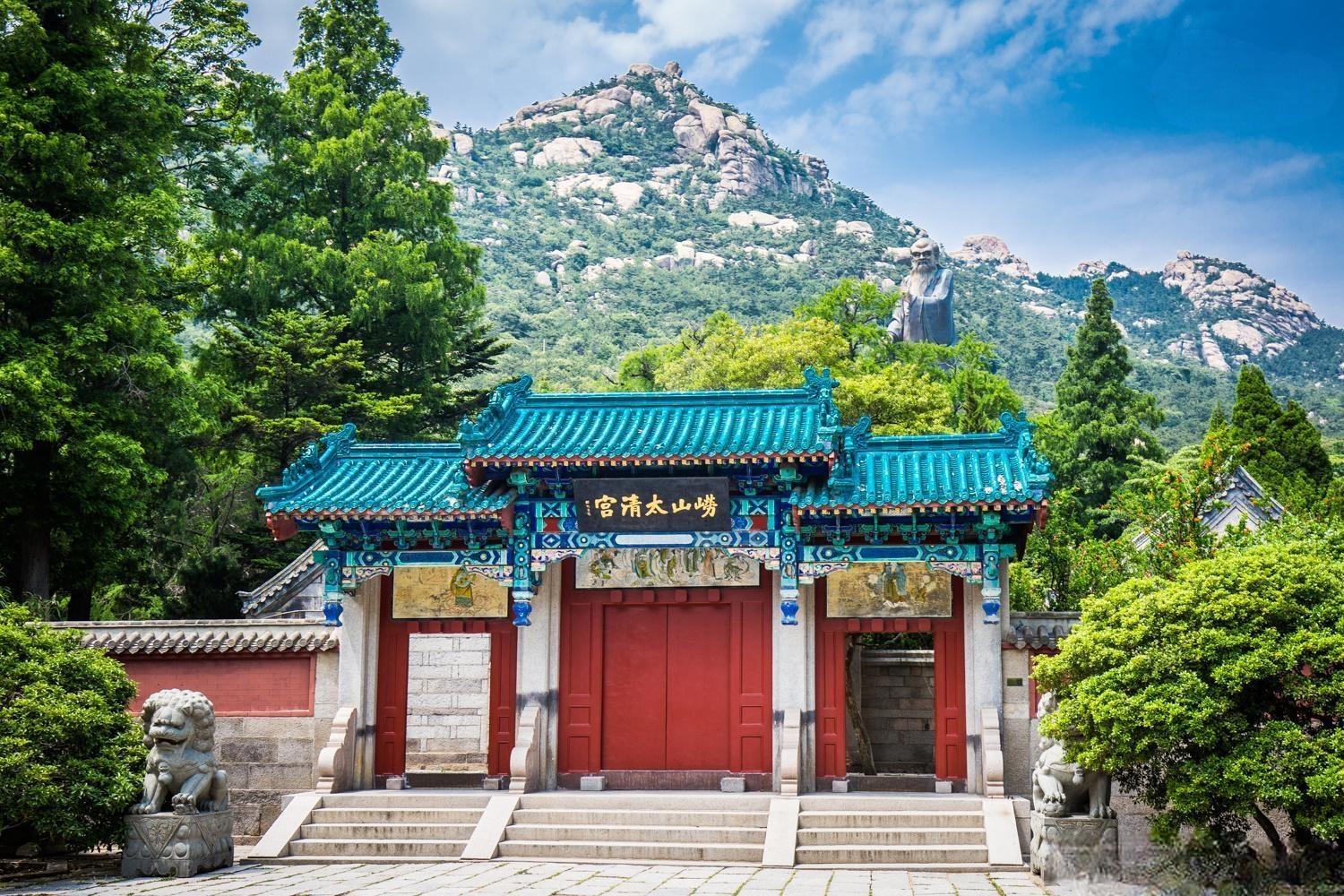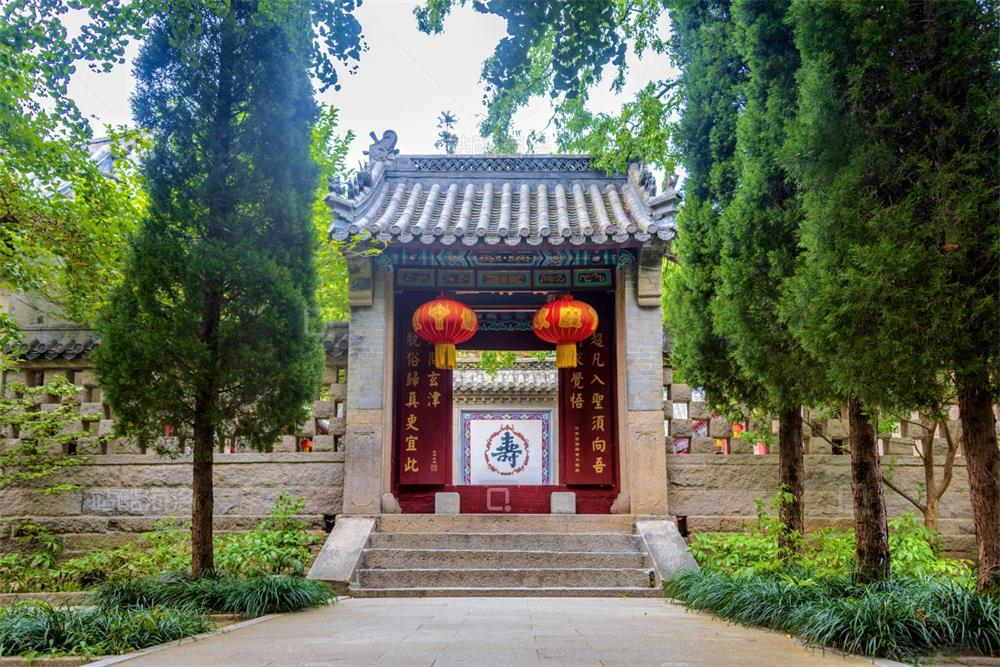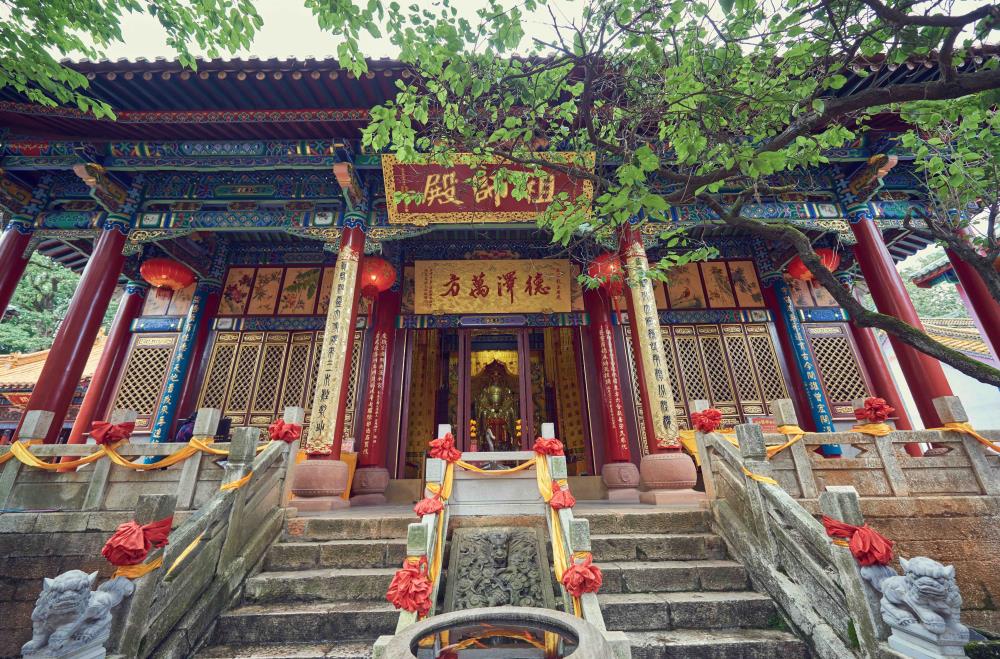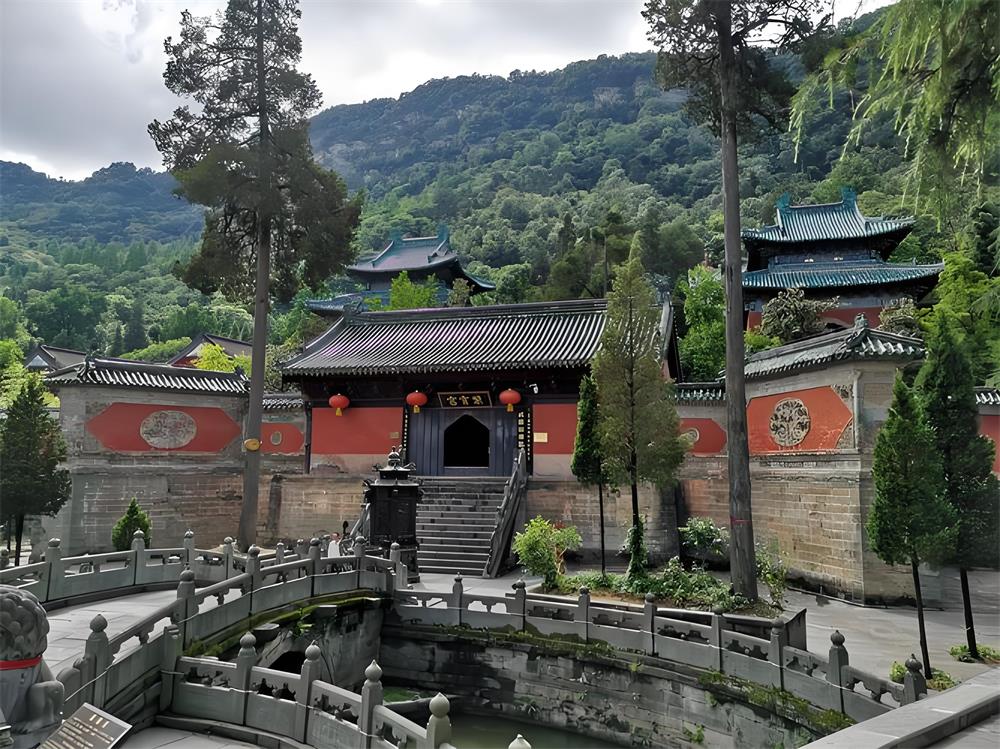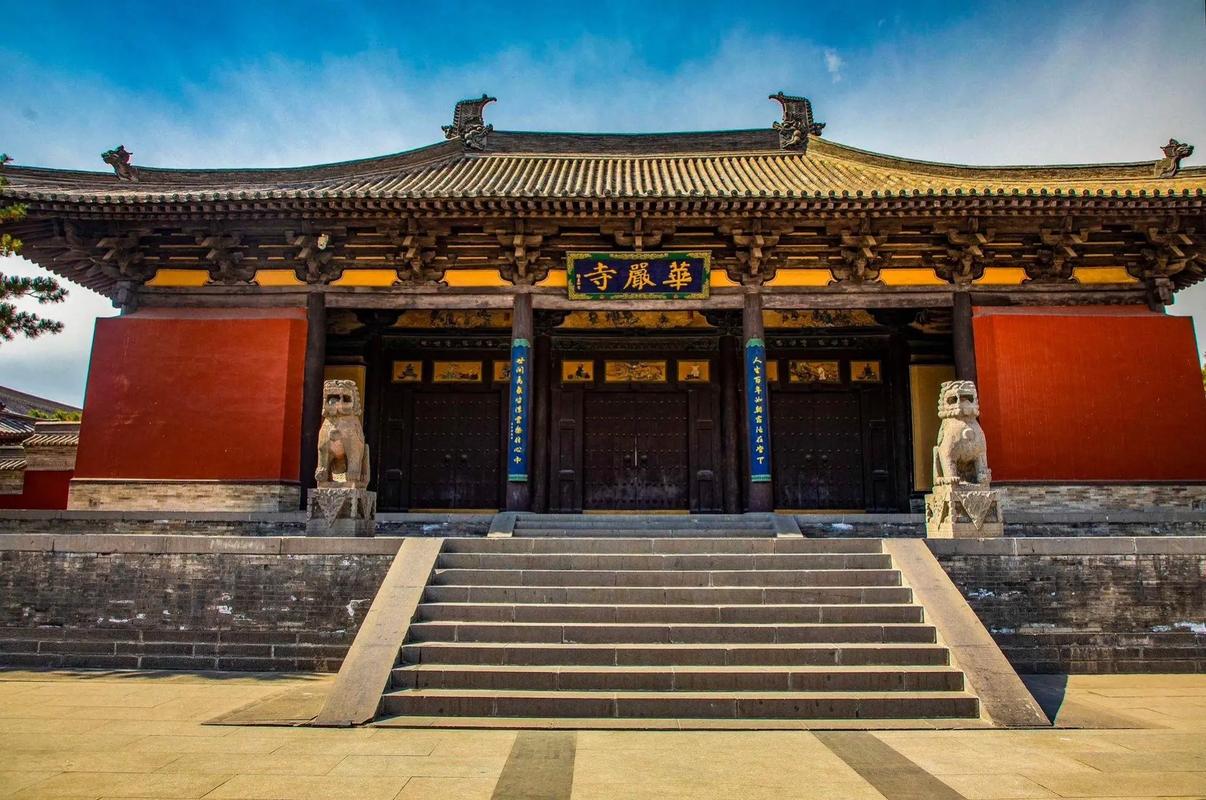Laoshan Taiqing Palace: The Taoist Heart of Laoshan
Nestled between sea and mountain on the southeastern slopes of Laoshan in Qingdao, Shandong Province, Taiqing Palace (also known as the Temple of Supreme Purity) is not just an ancient temple—it is the spiritual cradle of Taoism in northern China.

Dating back over 2,000 years to the Western Han Dynasty (140 BCE), Taiqing Palace is considered the ancestral home of the Quanzhen School of Taoism. It has earned titles such as the “Second Great Grove of the Quanzhen Order” and is revered as a source of immense spiritual power. Set beneath the sacred Peach Blossom Peak, and surrounded by seven other mountain peaks, the temple sits in a natural cradle of cosmic harmony—where the mountains embrace the sea, and the winds carry the breath of the Tao.
A Living Legacy of Taoism
According to Taoist history, it was Zhang Lianfu, a Han dynasty official-turned-recluse, who first built a humble hermitage here, laying the foundations of Taoist cultivation on Laoshan. Later, famous masters like Liu Ruozhuo and Qiu Chuji (summoned by Genghis Khan himself) brought the teachings of Quanzhen Taoism to prominence from this very site.

Over the centuries, the temple evolved into a vast complex of sacred halls, hermitages, and gardens. It has weathered dynastic shifts, war, and even the Cultural Revolution, only to rise again as one of the most honored Taoist temples in China.
Sacred Architecture in Harmony with Nature
Covering 30,000 square meters, Taiqing Palace comprises three main courtyards, each with their own gates and distinct energy:
-
Sanqing Hall (Three Pure Ones Hall) – dedicated to the highest Taoist deities: Yuanshi Tianzun, Lingbao Tianzun, and Daode Tianzun.
-
Sanguan Hall (Three Officials Hall) – honoring the Heavenly, Earthly, and Waterly Officials who govern blessings, forgiveness, and deliverance.
-
Sanhuang Hall (Three Sovereigns Hall) – enshrining the mythical emperors Fuxi, Shennong, and the Yellow Emperor, along with historical figures like Hua Tuo and Li Shizhen, symbolizing Taoism’s respect for healing and longevity.
One of the unique features of the palace’s layout is its "Three Courtyard" structure, which follows the Taoist belief in cosmic numbers: “The Tao gives birth to One, One to Two, Two to Three, and Three to all things.”
A Taoist Climate and Geography
The palace sits in a magical spot described as “The Jiangnan of the North”—a rare warm and humid microclimate in northern China, where herbs flourish and blossoms bloom year-round. Shielded by mountains on three sides and open to the sea on the south, Taiqing Palace was long considered an ideal place for health, healing, and spiritual cultivation. According to Qing dynasty scholars, “The deeper you go into the mountains, the richer the medicinal plants. The warmer the earth, the more the southern flowers bloom.”
It’s no wonder Taoist sages such as Zhang Sanfeng, Xu Fuyang, and Qi Benshou once lived, meditated, and taught here.
Taoism Lives On
Today, Taiqing Palace remains a living temple. Taoist priests still chant scriptures, offer prayers, and bless devotees in the same way their predecessors did centuries ago. In the back hills stands a 60-meter bronze statue of Laozi, symbolizing the enduring presence of Tao—the eternal Way that transcends time and space.

At Fengshuicharm, this is where we draw spiritual power and energy for our rituals and offerings. Every item we bless—whether a charm, a talisman, or Feng Shui tool—carries with it the quiet strength of Taiqing Palace, the rhythm of the sea wind, and the breath of the mountains.
Whether you seek peace, protection, or inner balance, the spirit of Laoshan awaits to guide you home.


